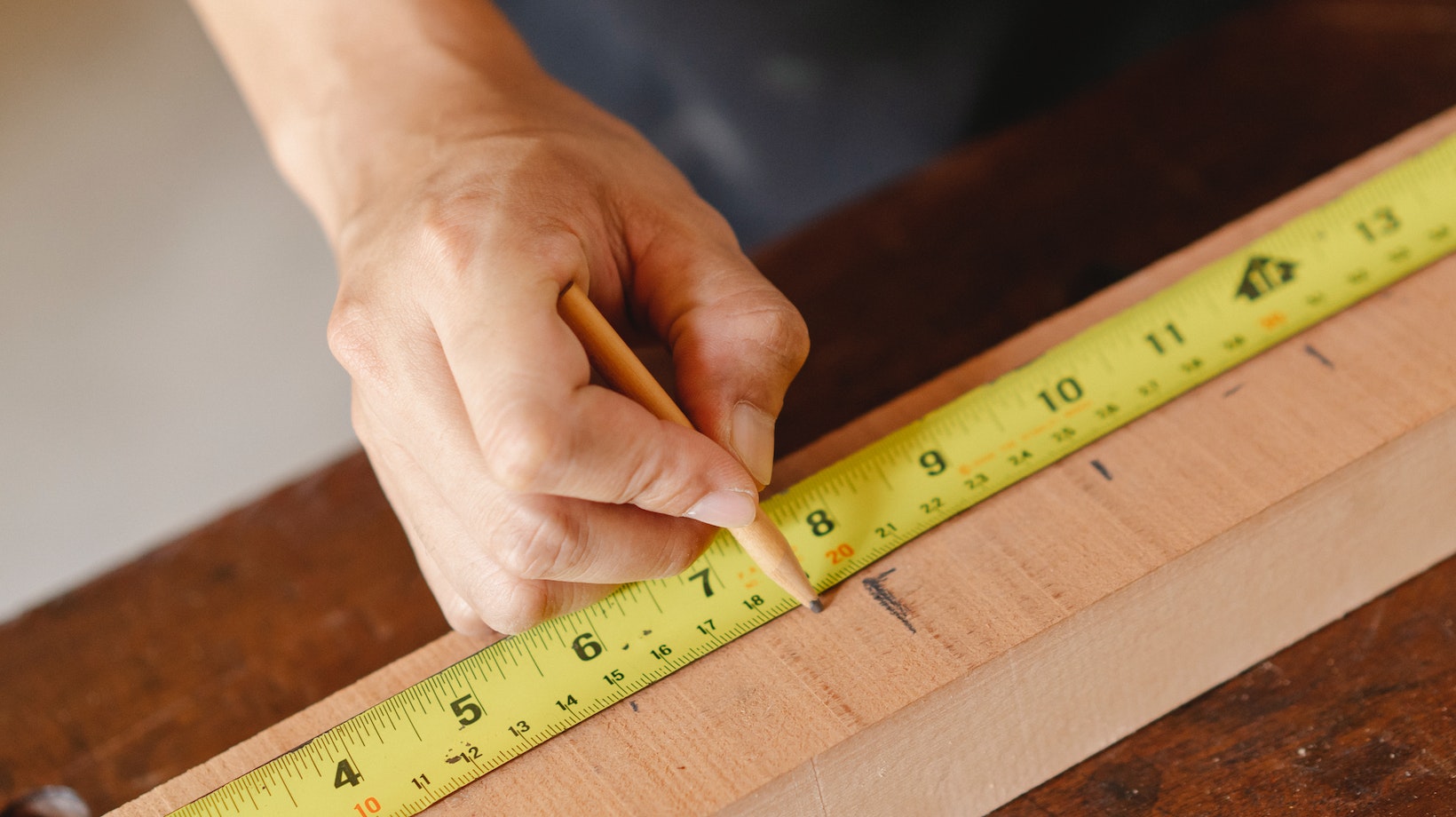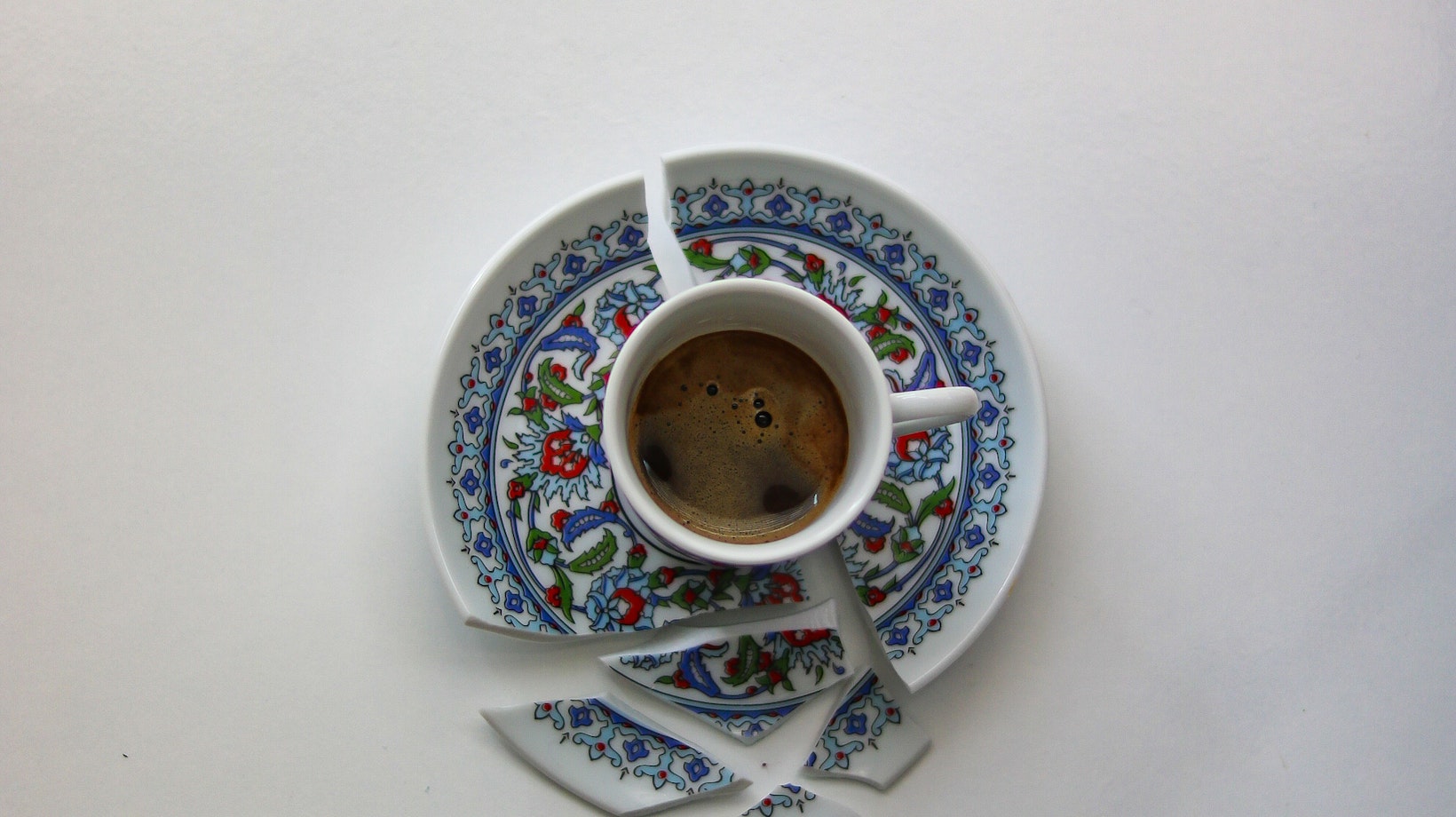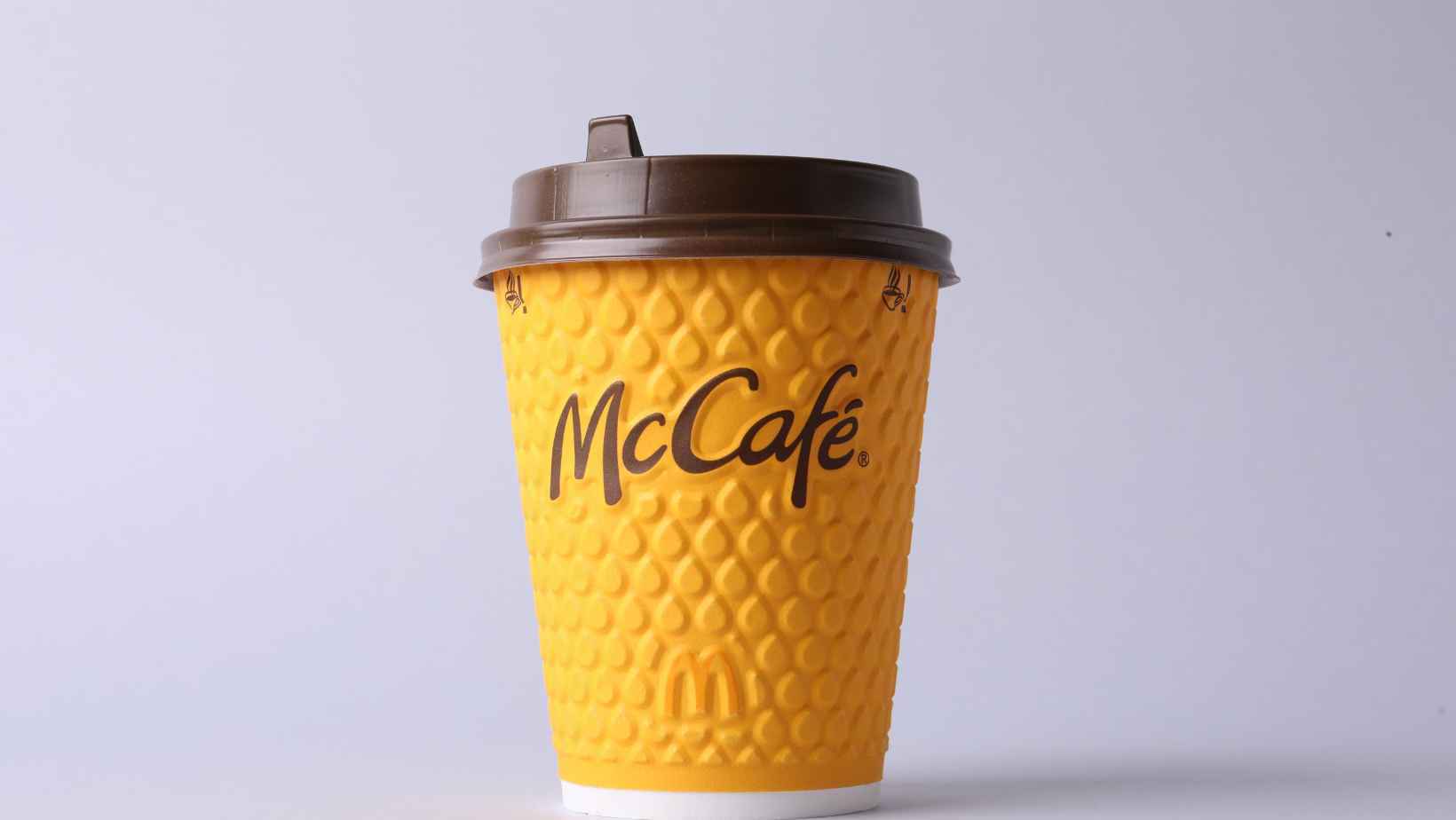Conversion Formula: How Many Ml Are In A Cubic Centimeter

How Many Ml Are In A Cubic Centimeter
Confused about the conversion between milliliters (ml) and cubic centimeters (cc)? Well, let me clear things up for you. When it comes to measuring liquids, one cubic centimeter is equal to one milliliter. That’s right, they are the same! So if you have a volume of 10 cc, you can also say that it’s 10 ml. Simple, isn’t it?
Now, why do we have two different units for the same measurement? The answer lies in their historical origins. Cubic centimeters were primarily used in scientific and medical fields for precise measurements, while milliliters became more commonly used in everyday life when dealing with liquids. But regardless of which unit you use, keep in mind that 1 cc always equals 1 ml.
So whether you’re discussing medication dosages or following a recipe in the kitchen, understanding that there are no differences between milliliters and cubic centimeters will save you from any unnecessary confusion. Remember: 1 cc = 1 ml.
Converting Cubic Centimeters To Milliliters: The Basics
When it comes to converting cubic centimeters (cc) to milliliters (ml), you might find yourself wondering how these two units of measurement relate to each other. Well, fret not, because I’m here to shed some light on the subject.
To understand the conversion formula between cubic centimeters and milliliters, it’s important first to grasp their relationship. A cubic centimeter is a unit of volume that represents a cube with sides measuring 1 centimeter in length. On the other hand, a milliliter is also a unit of volume but is commonly used for measuring liquid substances.
Now, here’s where things get interesting. One cubic centimeter is equivalent to one milliliter! Yes, you read that right. So when you’re trying to convert from cubic centimeters to milliliters or vice versa, all you need to remember is that they have the same numerical value.
Understanding The Conversion Formula For Milliliters And Cubic Centimeters
While it’s true that 1 cc equals 1 ml, understanding the underlying conversion formula can be helpful in more complex calculations or when dealing with larger quantities.
The conversion formula from cubic centimeters (cc) to milliliters (ml) is straightforward:
Milliliters = Cubic Centimeters
That’s right; there isn’t any complicated multiplication or division involved! Simply put, if you have a certain number of cubic centimeters, that same number represents an equal quantity in milliliters.
For example:
- 10 cc = 10 ml
- 50 cc = 50 ml
- 100 cc = 100 ml
So whether you’re working with medical dosages or laboratory measurements, knowing this simple conversion formula will save you time and ensure accurate calculations.

Relationship Between Milliliters And Cubic Centimeters
In the world of measurement, it’s common to come across terms like milliliters (ml) and cubic centimeters (cm³). These two units are often used interchangeably, but have you ever wondered how many milliliters are in a cubic centimeter? Let’s delve into the relationship between milliliters and cubic centimeters to get a clearer understanding.
To begin with, it’s important to note that both milliliters and cubic centimeters are measures of volume. While they may represent the same amount of liquid or substance, they differ slightly in their applications. Milliliters are commonly used when measuring liquids or fluids, such as water or milk. On the other hand, cubic centimeters are frequently utilized for measuring solid objects or substances with specific dimensions.
Now let’s address the question at hand – how many milliliters are in a cubic centimeter? The answer is quite straightforward: 1 milliliter is equal to 1 cubic centimeter. This relationship stems from the fact that both units measure volume and have identical values when converting between them.
In scientific terms, 1 ml is defined as one-thousandth of a liter (L), while 1 cm³ represents one-thousandth of a cubic meter (m³). Since there are 1000 milliliters in a liter and 1000 cubic centimeters in a cubic meter, we can conclude that these two units share an equivalent value.
To summarize:
- Milliliters (ml) and Cubic Centimeters (cm³) both measure volume.
- Milliliters are commonly used for liquids, while Cubic Centimeters are often used for solids.
- There is a direct conversion between these two units: 1 ml = 1 cm³.
- Both milliliters and cubic centimeters represent one-thousandth of their respective base units.
Understanding the relationship between milliliters and cubic centimeters is essential for accurate measurements in various fields, including chemistry, physics, medicine, and everyday life. Whether you’re measuring a liquid or calculating the volume of an object, knowing that 1 ml is equal to 1 cm³ will help ensure precision in your calculations.




